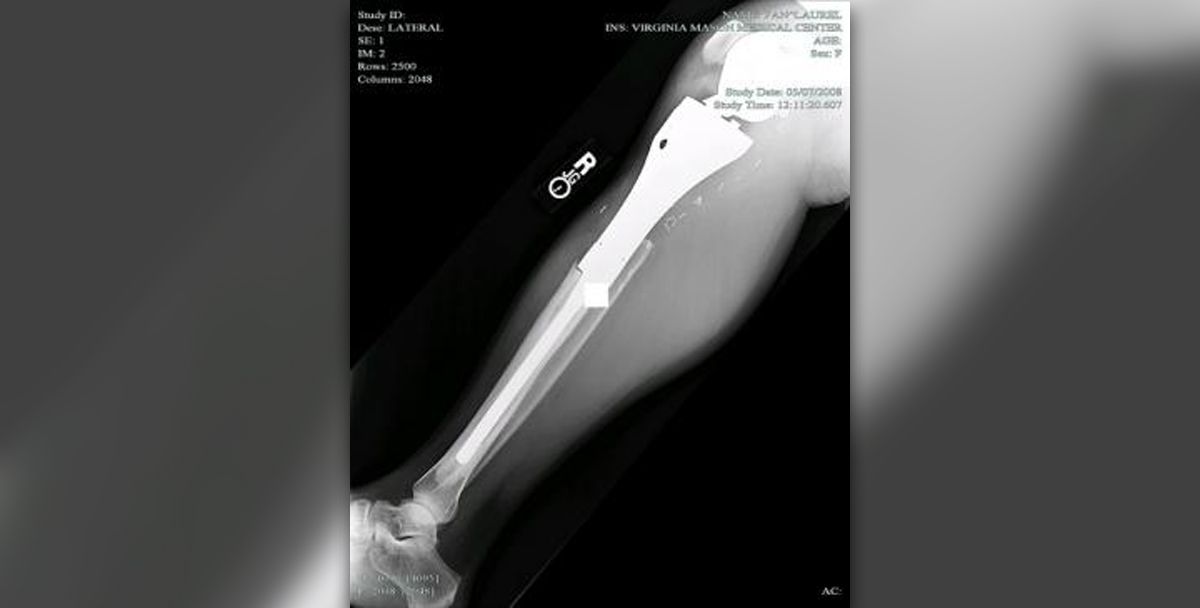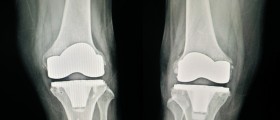
The shinbone or leg bone crack is called the tibia stress fracture. There are several muscles connected to the tibia, and usually they contract, though sometimes they simultaneously pull the other way, thus causing the damage to the bone. This damage usually happens when this stress is repetitively applied on the tibia, which happens when we perform some activities, like running or jumping. We have mentioned that this problem cannon be created after just one stress occurrence. The overuse is one of the most common causes of this problem, which is created very gradually. It can also be created if you increase the amount of exercises. What problems do this condition creates? The most common problem is pain located in the shinbone. The pain will be increased if the activity is performed, and during the night. This pain can be described as sharp and acute. Pain can also be experienced in the calf, but these cases are rare. Remember that rest is needed. Walking can be impaired if the problem is great.
Treatment
For the treatment, we have stated that the rest is crucial. The duration of this rest period will depend on the case, but sometimes it can last for six weeks. Crutches will be used during this period in order to protect the troubling location, and patients will need to find a motion which doesn't produce pain. Physical therapy will be performed, and activities like swimming, running in water or cycling will help with your fitness. The visit to the podiatrist will be needed, especially in the cases with lower limb biomechanics and when foot posture causes for the problem. One extremely important part of the treatment is the physiotherapy, which we have already mentioned. It can include use of crutches, brace, biomechanical correction, education, and electrotherapy, immobilization of the joint, dry needling, and massage of the soft tissue, arch support tapping, exercising and some other methods. However, this treatment is not 100% successful, since there are cases in which there is no result after this treatment. But, when the results are partial, the doctor will decide what to do next. In order to try to find a different cause of the problem, he can use MRI, CT scan, bone scan, x-ray. Remember, if you feel pain in the shinbone, the first thing you will need to do is to eliminate the movement of this troubling location. Move the leg as minimal as you can, until you get to the hospital.

















Your thoughts on this
Loading...